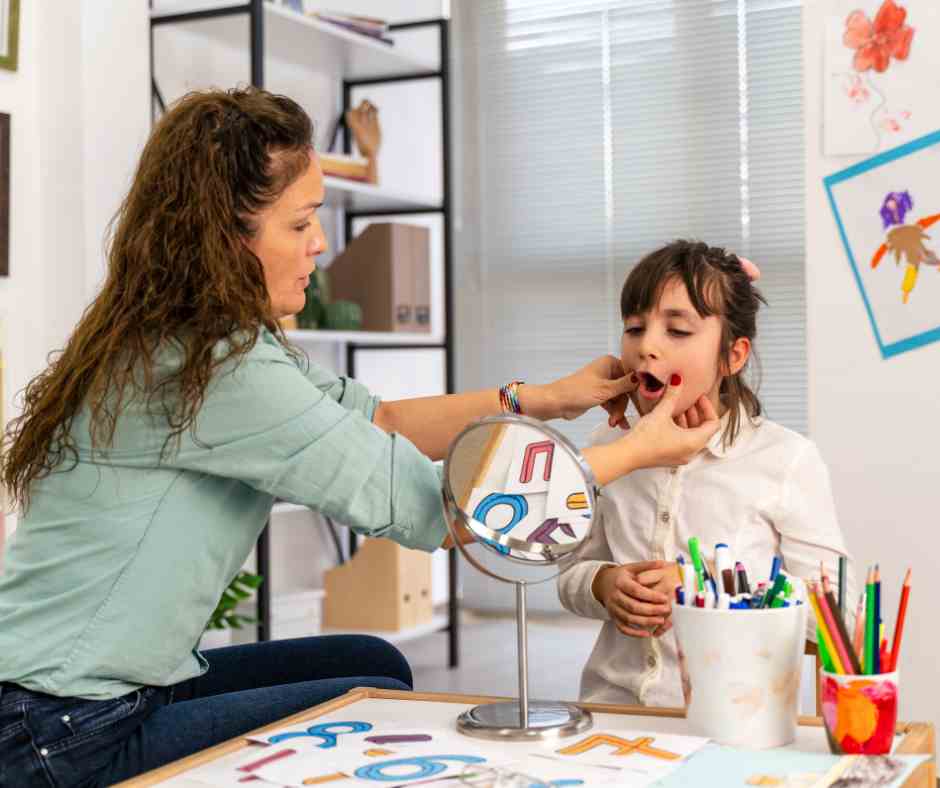The use of the senses is essential. For many years, weighted vests have been used to help people with autism manipulate sensory overload. On the other hand, new outcomes in wearable technology are creating fascinating new prospects. This study investigates how these advancements are changing perceptual support to create new opportunities for speech therapy, psychological treatment, and economic treatment.
Knowing Autism’s Sensory Function
The nervous system uses sensory processing to translate information from the senses into activities. Overstimulation or under-stimulation can result from sensorial processing problems, which are common in people with autism. Their capacity to participate in regular conversations and activities may be impacted.
What Weighted Vests Do
Weighted vests are usually used in treatment related to sensory processing. For people who are experiencing sensory overload, they are made to deliver deep pressure input, which can be relaxing. Even though they have demonstrated advantages, there is no one-size-fits-all answer, and each person will experience them differently.
Flexible Technology’s Ascent
New wearable technology is being created to help people with autism absorb sensory information since technology is developing so quickly. The dynamic and adaptable nature of these devices enables customized therapies that surpass the immobility of weighted vests.
Wearable Technology Types
• Devices for Haptic Feedback:
These gadgets provide sensory information through vibrations or other tactile feedback methods. They can be set up to provide particular feedback patterns, which can assist people deal with sensory overload or under stimulation in a variety of settings.
• Astute Clothes:
Real-time information on stress levels and sensory reactions can be obtained using smart clothing that is equipped with sensors that track physiological reactions. This increases the efficacy of autism therapy and treatment by enabling clinicians to modify approaches as needed.
• Wearable Biofeedback Devices:
Biofeedback wearables can assist people with autism in becoming more conscious of their sensory states by monitoring physiological signals like skin conductivity and heart rate. In speech therapy, where being aware of one’s own physiological reactions can help with communicating, this awareness can be extremely important.
Wearable Technology’s Advantages for Therapy
There are various advantages to incorporating wearable technology into autism treatment:
• Higher Involvement and Self-Sufficiency
In order to encourage people to use wearable technology on their own, many of them are made to be both comfortable and discrete. More participation in therapy sessions and more independence in day-to-day living may result from this.
• Specific Treatments:
Wearable technology, as opposed to conventional weighted vests, may be tailored to each client’s specific requirements. This customization maximizes the therapeutic effect by guaranteeing that the sensory input given is most advantageous to the individual.
• Tracking and Response in Real Time
One benefit of wearable technology is real-time monitoring, which gives therapists immediate insight into a client’s sensory condition. The results of behavioral treatment and vocational therapy are improved by this immediacy, which makes interventions more responsive and successful.
Difficulties and Things to Think About
Despite wearable technology’s encouraging potential in sensory processing, there are several issues to take into account:
• Embracing and adjusting:
Some people may need some time to become used to new wearable technology. Therapists and caregivers should make sure that these gadgets are utilized in a compassionate and encouraging setting and introduce them gradually.
• Price and Availability:
Some families and therapy institutions may not be able to afford the high cost of advanced wearable technology. It is necessary to work toward lowering the cost and expanding the availability of these technologies.
The Prospects for Support for Sensory Integration
The potential for supporting sensory processing is growing as wearable technology develops further. Devices incorporating artificial intelligence could be among the next developments, offering ever more accurate and flexible solutions. These technological advancements have the potential to greatly enhance conventional therapies such as occupational and speech therapy, giving people with autism and their families fresh hope.
Final Remarks
By integrating wearable technology into sensory processing interventions, occupational therapy, psychological treatment, and speech therapy can all be more successful, which will ultimately benefit autistic people. The incorporation of these technologies has the potential to revolutionize autism therapy in the future by presenting fresh chances for development, involvement, and self-reliance.
Would you like to know more? Dial +971 55 524 1094 to arrange a consultation right now.



